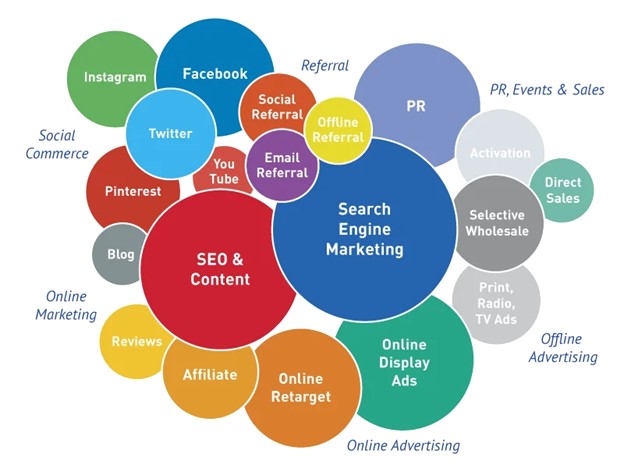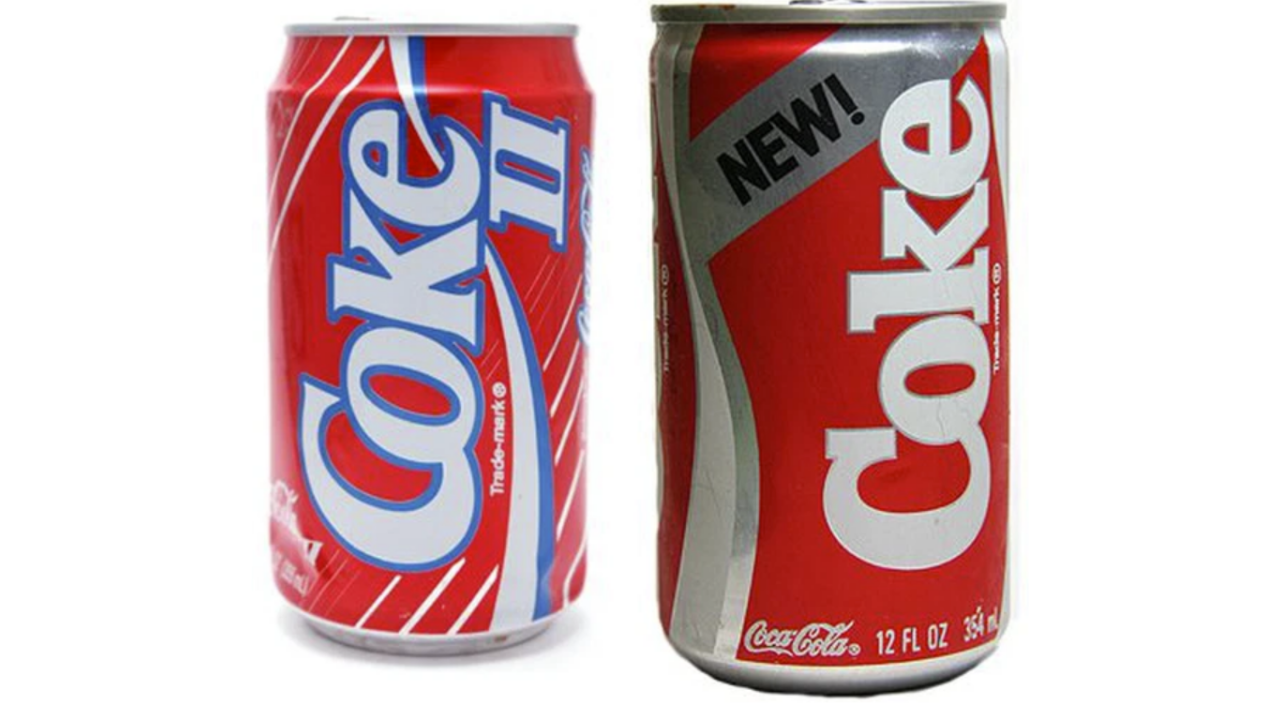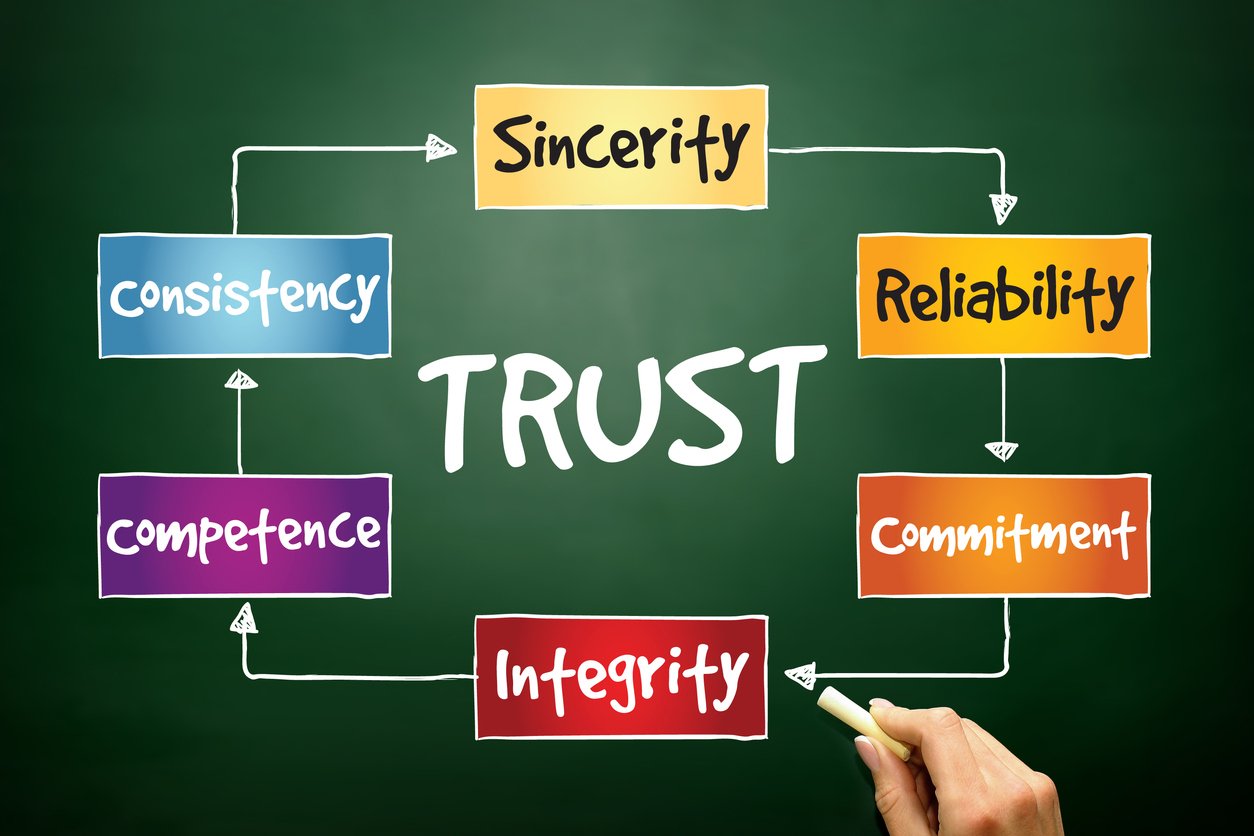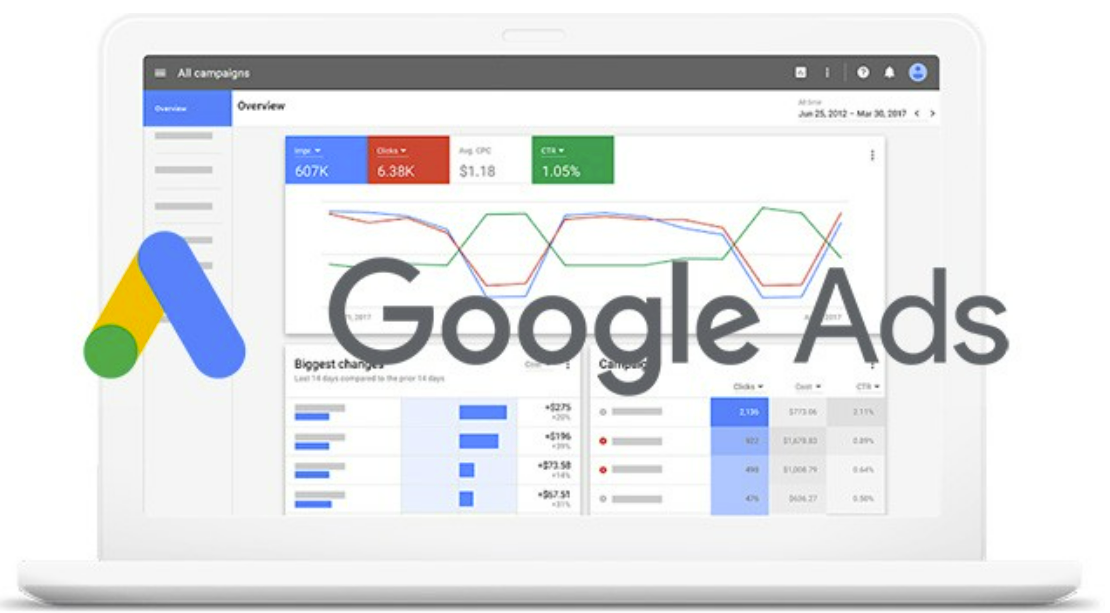The RACI matrix is a great tool for identifying the decision-makers for each product’s sales cycle. Most businesses are so busy with day-to-day operations that they don’t have time to step back and figure out who the decision-makers are for each product’s sales cycle.
But without this knowledge, it can be hard to know where to allocate your marketing resources and how best to reach potential buyers.
Armed with RACI information, you’ll be able to better target your marketing efforts and close more sales. Here’s how.
What Is RACI?
The RACI matrix is a simple and effective tool for identifying the roles of different team members in a given process. It’s commonly used for project management by helping define what each person is responsible for. The letters stand for:
- R – Responsible for this activity. This is the individual/group that directly impacts the success of this task/project and will be responsible for completing it by a specific date. This person/group can be held accountable if it doesn’t get done.
- A – Accountable for this task/project getting completed. Since they’re responsible for the task, they must approve this activity before authorization.
- C – Consulted on matters related to the task/project. Because they’re knowledgeable about the business area, anyone working on the task/project should bounce ideas off them. They can also help with estimating required resources.
- I – Informed of the task/project’s status. If they aren’t involved in the execution of the task, they should know at least know how it’s progressing.
How RACI Helps With Marketing and Sales

When it comes to marketing and sales, you’ll want to target decision-makers who have a stake in seeing your products/services succeed. But without identifying who the decision-makers are, it can be hard to understand what they need (i.e., their pain points) and how best to approach them.
That’s where the RACI matrix comes in. It helps define the different roles that each person plays in each stage, and what information they’re likely to need to make a purchase decision.
This will then help you map out a process for reaching them. For instance, if you’re trying to reach the CFO, you can expect that they’ll want detailed financial projections and cost comparisons.
By doing that, you’ll make spending marketing dollars more effective and ensure your sales team is working as efficiently as possible. You can also create content that speaks directly to each role and the information they need through the right distribution channels.
Why RACI Is Essential to Winning the Sale
Most B2B cycles are excessively long. But by identifying the different decision-makers and their specific roles, you can ensure that your team is getting information to the right people – at the right time – helping shorten the cycle.
For instance, not all involved parties are equal. Some will be more involved in the process, while others just need to sign off on the purchase before approval. By mapping out who has authority over different sales stages and what information they’ll want to see, you can pinpoint which parts of your sales cycle are most important for closing deals.
That also means delivering the right information and content at the right time. To portray, when you reach out to someone with a significant stake in the purchasing decision (i.e., A-players), they’ll need more detailed information about your products/services than someone who’s doing their due diligence.
Accordingly, that’ll help streamline your sales team’s efforts. The more efficiently they’re working, the sooner deals get closed.
How RACI Helps With Lead Ownership
RACI can help you identify which team members are best suited to own a lead throughout its cycle. Here’s how.
Map Who Is Accountable at Each Stage
Although it’s important to have everyone on board during the sales process, some individuals need to take charge of certain aspects. For example, someone in marketing might be responsible for creating content around your product/service. But they’ll need input from sales and marketing operations to best deliver on those needs.
That’s why RACI can help marketers and salespeople pinpoint who should be responsible for each stage of the sales cycle at any time to ensure they’re not holding up the team’s progress. Plus, you’ll have a better idea of where bottlenecks are happening.
Send More Targeted Information
Next, using RACI and knowing who’s involved in crucial stages can help you better map out your approach and figure out where to focus more of your efforts. This also makes it easier for marketers to get information to the right people at the right time.
For instance, if you’re trying to reach an A-player, you can use RACI to determine what information they’ll need at different points in the cycle. Rather than going out with a one size fits all pitch for all decision-makers, you can get more specific with your content and distribute it through targeted channels.
By doing so, your chances of getting in front of the right person at the right time will be much higher. And when marketers can reach decision-makers with more compelling content, it makes it easier for teams to generate revenue.
Know When to Stop Marketing Outreach
Lastly, RACI can help you determine the best time to stop outreach efforts by pinpointing when leads are ready for sales communications. At that point, it’s a lot easier to move those prospects through the end of your pipeline and into closed-won deals.
Using RACI, you can fully channel your team’s efforts and move more deals through the pipeline. And since your team will be able to send prospects the correct information at the right time, you’ll have a much easier time reaching decision-makers throughout the cycle. The result? Setting the stage for revenue growth.










